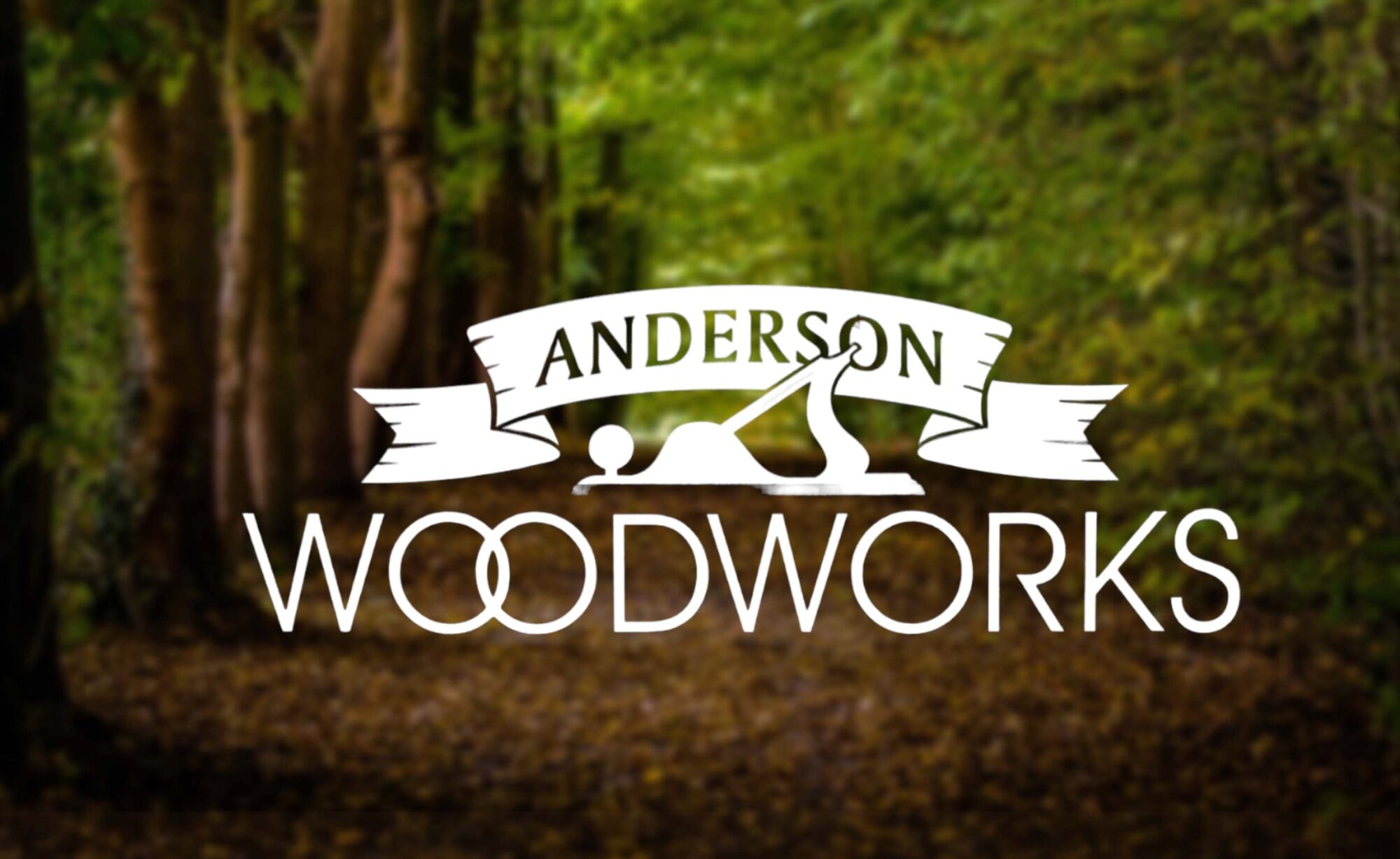
Introduction:
In the digital age, social media has become an integral part of our lives, transforming the way we communicate, share information, and consume content. However, the rise of social media platforms has raised concerns about its impact on our attention spans. This essay explores the effect of social media on attention spans and how it affects makers of all sorts, including artists, writers, musicians, and creators in various fields.
I. Understanding Attention Spans:
Before delving into the impact of social media, it is crucial to understand what attention spans are and how they function. Attention span refers to the length of time a person can focus on a particular task or stimulus without becoming distracted. It plays a vital role in our ability to absorb information, engage in critical thinking, and complete creative endeavors.
II. The Influence of Social Media on Attention Spans:
- Multitasking and Fragmented Attention:
Social media platforms are designed to capture and retain users’ attention, often leading to multitasking and fragmented attention. The constant stream of notifications, messages, and updates can easily divert our focus and disrupt our ability to concentrate on a single task. This habit of multitasking can significantly impact our attention spans, making it challenging to sustain deep focus and engage in complex creative processes. - Information Overload:
Social media platforms provide an overwhelming amount of information, often presented in bite-sized, easily consumable formats. While this accessibility is advantageous, it can also lead to information overload. The constant exposure to an abundance of content can make it difficult to filter and process information effectively, ultimately affecting our ability to concentrate for extended periods. - Instant Gratification and Shortened Attention Spans:
Social media platforms thrive on instant gratification, offering quick and easily digestible content. This constant need for immediate satisfaction can contribute to shorter attention spans, as users become accustomed to consuming content in bite-sized chunks. Consequently, this can impact makers who rely on their audience’s sustained attention to appreciate and engage with their work fully.
III. The Impact on Makers:
- Shifting Creative Processes:
The advent of social media has led to a shift in how makers create and share their work. The demand for instant gratification and easily consumable content has influenced the creative process, often favoring shorter, more attention-grabbing formats. This shift can limit the depth and complexity of creative works, as makers adapt to cater to shorter attention spans. - Increased Competition for Attention:
With social media platforms providing a platform for anyone to share their creations, makers face increased competition for attention. The constant influx of content vying for users’ limited attention spans can make it challenging for creators to stand out and gain recognition for their work. This can lead to a sense of frustration and discouragement among makers, impacting their motivation and ability to produce high-quality content. - Balancing Engagement and Authenticity:
Social media platforms emphasize engagement metrics, such as likes, comments, and shares, which can influence makers’ creative decisions. The pressure to create content that generates immediate engagement can compromise the authenticity and originality of their work. In an era of fleeting attention spans, striking a balance between capturing attention and maintaining artistic integrity becomes a significant challenge for makers.
IV. Coping Strategies and Solutions:
- Mindfulness and Digital Detox:
Practicing mindfulness and consciously disconnecting from social media can help reclaim and extend attention spans. Engaging in activities that promote deep focus, such as meditation, reading, or engaging in hobbies, can strengthen attentional control and improve creative processes. - Curating Content and Building Communities:
Makers can curate their social media presence to foster meaningful connections with their audience. By building communities around their work, makers can cultivate a dedicated following that values their creations and is willing to invest time and attention in engaging with their content. - Embracing Long-Form Content and Slow Consumption:
Encouraging long-form content and slow consumption can counteract the negative impact of social media on attention spans. Makers can create immersive experiences that require sustained attention, allowing their audience to fully engage with their work and appreciate its depth and complexity.
Conclusion:
While social media has undoubtedly revolutionized the way we connect and share information, its impact on attention spans cannot be ignored. Makers, in particular, face unique challenges in capturing and maintaining their audience’s attention in an era of constant distraction. By understanding the influence of social media on attention spans and implementing coping strategies, makers can navigate this digital landscape while preserving the integrity and depth of their creative endeavors.
Discover more from Anderson’s fine furniture
Subscribe to get the latest posts sent to your email.
